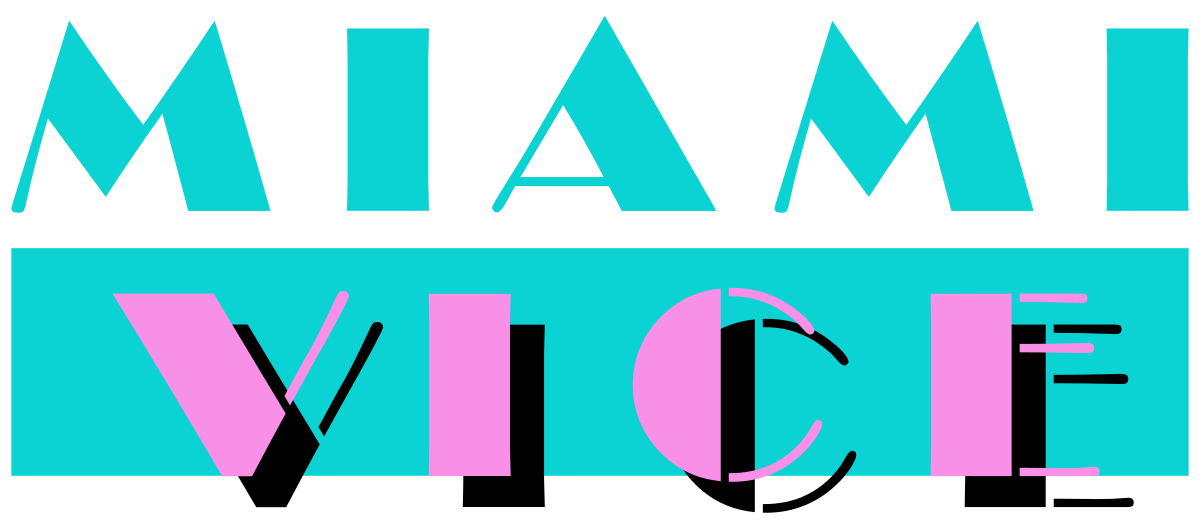Wrapped Trees
Copyright: Wolfgang Volz, ©Christo 1998
- Starting on Friday, November 13, 1998, 178 trees were wrapped with 592,015 square feet (55,000 square meters) of woven polyester fabric (used every winter in Japan to protect trees from frost and heavy snow) and 14.3 miles (23 kilometers) of rope. The wrapping was completed on November 22. The trees are located in the park around the Fondation Beyeler and in the adjacent meadow as well as along the creek of Berower Park, northeast of Basel, at the German border. The height of the trees varied between 82 feet (25 meters) and 6.5 feet (2 meters) with a diameter from 47.5 feet (14.5 meters) to 3.3 feet (1 meter). [http://christojeanneclaude.net/projects/wrapped-trees?view=info — consulted 7 August 2017]
- The wrapping was removed after a month and the materials recycled. The artists also approached the cities of St. Louis, MO and Paris concerning additional wrapping projects but were denied permission.
- After reading the quote again in its proper context on the website (that is, it applies to all of Christo and Jeanne-Claude's projects, not just the Wrapped Trees), I can appreciate the focus on the use and properties of textiles rather than on a particular technique. The two use their materials to create and enhance temporarily, large-scale structural forms, some of which exist already and others that are revealed by the application of the textile and its particular properties.
Yayoi Kusama
Yayoi Kusama, Dots Obsession, Infinity mirrored Room, 1998. Installation. Les Abattoirs, Tolosa
- Art
- Temporary
- Large scale
- Defining and Forming
- Immersive
- Pattern, Colour and Repetition
Ronan and Erwan Bouroullec
Installation view, Bivouac, Centre Pompidou-Metz, France
October 7, 2011 - July 30, 2012
Photo © studio Bouroullec
- Art
- Permanent
- Large-scale
- Transforming
- Immersive and Distant
- Pattern, Colour and Shape
Marianne Straub
Woven, 1949, British; Straub, Marianne for Helios Ltd. "Brisbane"
Marianne Straub OBE (23 September 1909 – 8 November 1994) was one of the leading commercial designers of textiles in Britain in the period from the 1940s to 1960s. She said her overriding aim was: "to design things which people could afford. ... To remain a handweaver did not seem satisfactory in this age of mass-production." [Wikipedia, consulted 7 August 2017]
- Design
- Permanent
- Small-scale
- Defining
- Immersive
- Pattern, Colour and Repetition






